- Learning time
- 20 minutes
- First play time
- 80 minutes
The Secret Adventures of the Old Hellfire Club
Designed by: Jamie Frew
In The Secret Adventures of the Old Hellfire Club the players play the parts of Victorian ladies and gentlemen who are gathered in the titular club in order to tell an enormously tall tale – the subject of which is up to you. The invention of invisibility? The discovery of a new continent? Defeating an alien invasion? The taller, the better. The catch is, that given licence to boast, you may be caught in a lie…
Mechanically speaking the game is very simple, and about numbers. Players have a hand of numbered (1-10) and suited cards, with the suits representing story elements such as person, weapon, place, threat, et cetera. On your turn you play at least one card – maybe more – and as long as nobody plays a lower card of the same suit, you keep the cards for points at the end of the game. The riskier-to-play higher-numbered cards also give coins as reward. It’s simple luck-pushing: the more cards you play (and the higher they are) gives you more points, but also the other players more opportunity to undermine you.
Where the Hellfire Club’s brilliance emerges, however, is in the storytelling: throughout the game the players are literally telling a story, and must incorporate the cards they play into the narrative as they lay them. For instance I might say We met the aliens with all guns blazing as I play a ship card, only for another player to ‘correct’ me (by playing a lower card of the weapon suit) and remind everyone that actually all we had was an umbrella. If I’m caught in a boast, any my played cards from the current turn are lost and the ‘corrector’ keeps their played card as points.
And so it goes around the table, until all cards are played and – the game encourages you – the story told. At the end players get coins for having the most cards of a particular suit, added to any coins they claimed during play, with the richest player the winner.
Note: the game also furnishes all players with a Character card, which can be played for a special ability.
The guru's verdict
-
Take That!
Take That!
The main feature of the game is pushing your luck and hoping your exaggerations and fibbery won't be called out - when it is, your turn is over, so players need to be okay with reasonably regular setbacks.
-
Fidget Factor!
Fidget Factor!
Absent. When it's not your turn, you're still actively involved as you need to be looking for ways to undermine the current speaker. And even if you can't, the story being told will hopefully engage everyone.
-
Brain Burn!
Brain Burn!
Low - thematically, it's about telling porkies and getting away with it - nobody needs the story to be believable, or even massively coherent. Mechanically, it's just a toss-up between playing safe with low cards, or going for broke with the higher ones.
-
Again Again!
Again Again!
If the Hellfire Club doesn't offer a huge amount of variety in the game components, the cards always come out randomly and what makes each play distinct is the player input: the ludicrous story being told.

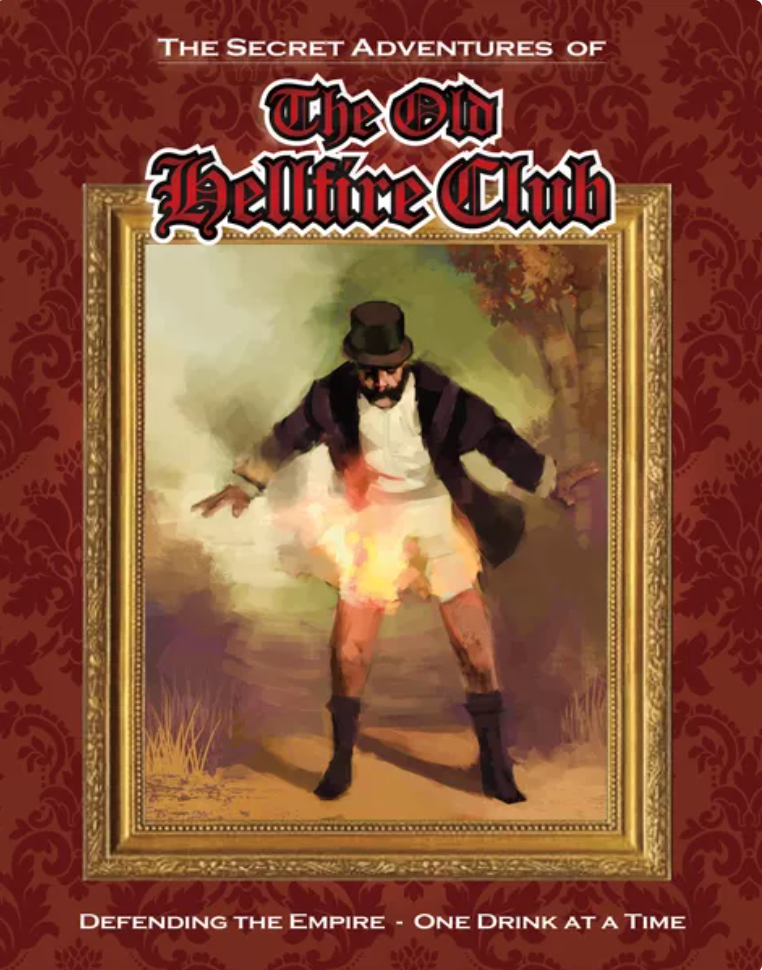



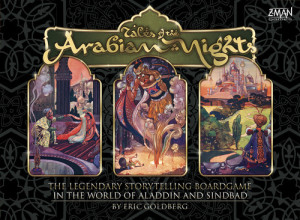

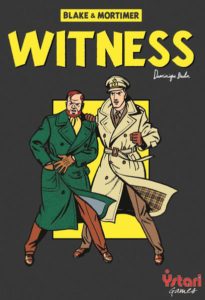
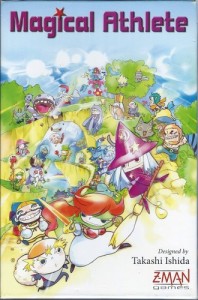
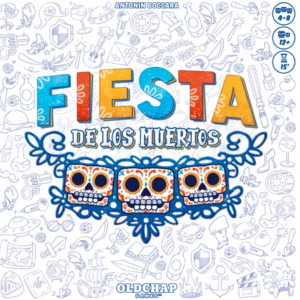
Sam says
If you're looking for a cognitive puzzle, deep-level strategizing or tactical shrewdness, move on! The Secret Adventures of the Old Hellfire Club is a game of luck and as such, kind of limited. But the integration of story transforms it from a basic shall I/shan't I of risk-assessment into something that - for us - was just joyous to play, as a ludicrous, lurching narrative unfolds and works its way toward a bananas conclusion. Is it elegant? Not at all, but we found it enormous fun, as tales of derring-do are repeatedly revealed to be obscuring a rather more ordinary event - but then almost as often, everyone accepts them as true. What Hellfire manages to do is blend a game of competition into something that is both co-operative and often extremely funny: it's a game about showing off where- if you want - you get to show off, as the tale-telling brings out the inner performer in most conspirators. You don't have to be the biggest show-off to win, though, which is a nice balancer for the more retiring amongst us. A simple joy!